When we think of chickens, “intelligent” isn’t exactly the word that comes to mind. No, we tend to think of these poor birds as stupid. As in laughably, irredeemably, and colossally stupid.
Well, you’re in for a shock, because there’s growing evidence that chickens are far from dumb. Behind every bok-bok-bokok is an idea, and inside each skull is a mind capable of cunning, problem-solving, empathy, and a host of other amazing abilities we often only associate with larger-brained creatures.
So, just how clever are chickens? Read on to find out!
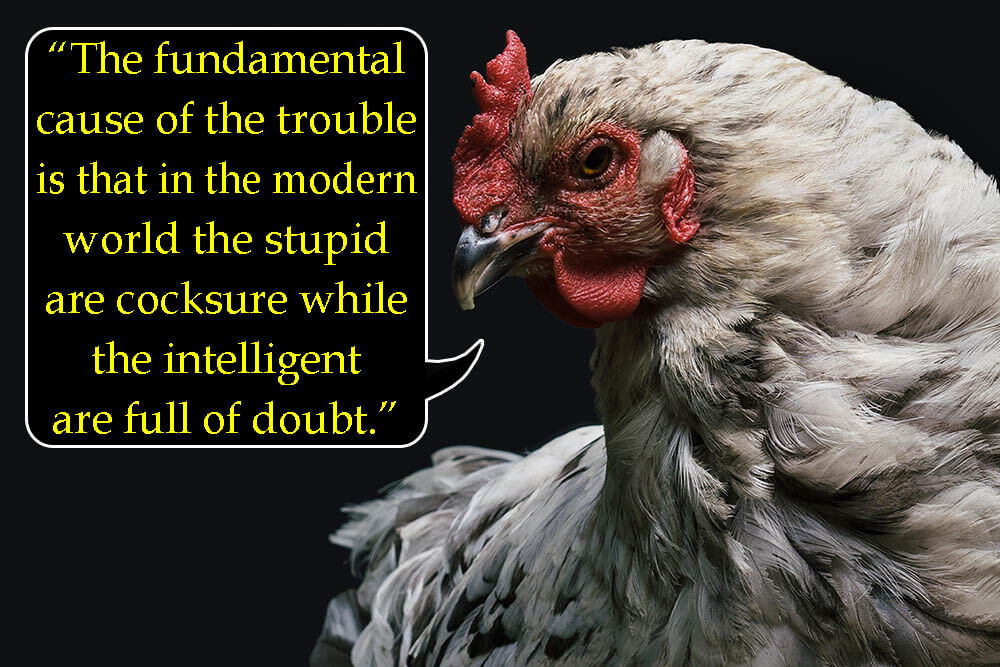
How Smart Are Chickens? Here’s What the Science Says
Scientists the world over have been studying chicken intelligence for decades. Below, we discuss some of the findings that prove these birds have more brains than most animals.
1. Chickens communicate with one another
The cluck-cluck-clucking of chickens isn’t as meaningless as it sounds. Scientists have discovered that chickens’ vocalizations convey specific information that other chickens understand.
For instance, if one chicken spots a hawk or a fox coming close, it will make sounds to the other chickens nearby. These other chickens don’t need to see the predator to know they’re in danger, which shows they understand the message the first chicken’s vocalizations are imparting.
Chickens make distinct noises for different situations, such as when they’re expressing anxiety, looking for a mate, or alerting others to the discovery of food.
2. Chickens can form mental images
As mentioned in the previous point, chickens don’t need to see a predator to fear for their lives; for them to start running and hiding, all they need is to hear another chicken telling them that a predator is on the prowl. This indicates these birds can form a mental image of the danger that a particular vocalization is warning them about.
Chickens also have what’s known as object permanence—the ability to know something exists even if it can’t be perceived by the senses. For example, if you show a chicken a ball, then hide the ball behind your back, the chicken will know the ball still exists even if they can no longer see it. Human babies develop object permanence when they’re at least six months old.
3. Chickens think, deceive, and manipulate
When a chicken notices a predator, it will alert others of danger—unless it doesn’t want to. A male chicken, for example, will alert female chickens within the vicinity. But this chicken may decide to stay quiet if the only other chicken nearby is a rival male, thereby tricking the rival into thinking that he’s safe.
This shows that the male chicken understands that his silence can get the rival killed by the predator, which is favorable because it gives him easier access to the females. Similarly, he warns the females of danger because he understands saving their lives increases his chances of finding a mate.
Speaking of finding mates, alpha roosters make specific head movements and loud vocalizations to attract mates while expressing their dominance over lesser males. In response, lesser males out of the alpha’s sight do something sneaky: they imitate the head movements but refrain from making sounds. This way, they can attract females while avoiding the alpha’s attention, thereby preventing harassment by a wrathful alpha.
To lure mates, a male may also make a “food call” to convince females he’s found food even when no such food is present. Females eventually wise up to this kind of trickery, though.
All this suggests chickens think before they act. They don’t mindlessly react to situations but consider the consequences of certain actions before performing said actions.
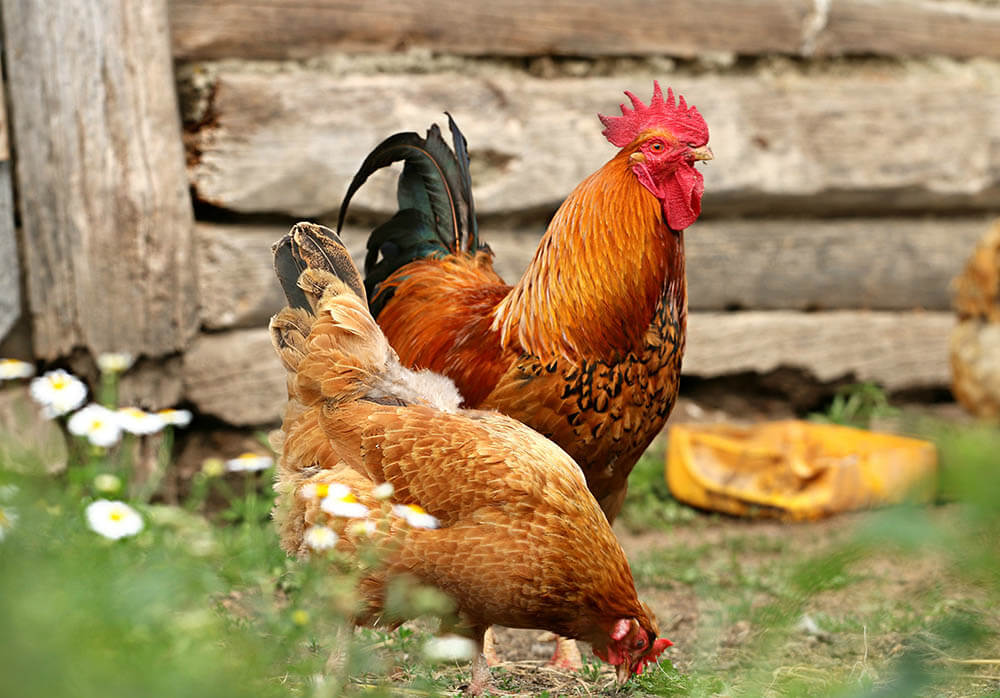
4. Chickens can do basic math
Believe it or not, chickens can count.
One study found that, even without training, newborn chicks can distinguish between smaller and larger numbers. The researchers showed chicks five objects, then hid three objects behind one opaque screen and the remaining two objects behind another. The chicks consistently prioritized looking behind the screen hiding the larger number. In a variation of this test, objects were transferred from one screen to another. The chicks also chose the screen with the larger number of objects, indicating they have the capacity to add and subtract.
Another study discovered that chickens can count up to five.
Chicks also have a basic understanding of geometry. For example, they can recognize different shapes and tell incomplete shapes from complete ones. They’re capable of learning patterns in collections of objects or sounds, then recognizing the same patterns in the future.
5. Chickens learn quickly
As discussed above, newborn chicks can figure out the difference between two and three. In contrast, human children have to wait till they’re four years old before they can count.
Chicks develop an understanding of other concepts just as quickly, including basic structural engineering and the aforementioned object permanence.
6. Chickens can be trained
Studies have demonstrated that, to a certain degree, chickens can be trained like dogs through operant conditioning.
Operant conditioning is when an animal associates a specific behavior with a particular consequence. For example, if a dog is given a treat every time they obey the command to sit, they will eventually associate obeying the “sit” command with getting a treat. Thus, the next time you repeat the command, they will obey it to get a treat.
Chickens also learn to repeat specific behaviors through operant conditioning. A chicken, for example, will keep selecting a specific shape out of a collection of various shapes if it knows doing so will get them rewarded with food. Chickens can be trained to do other things, as well, including pushing a button when presented with a cue, choosing between different colors, changing behaviors depending on cues, and more.
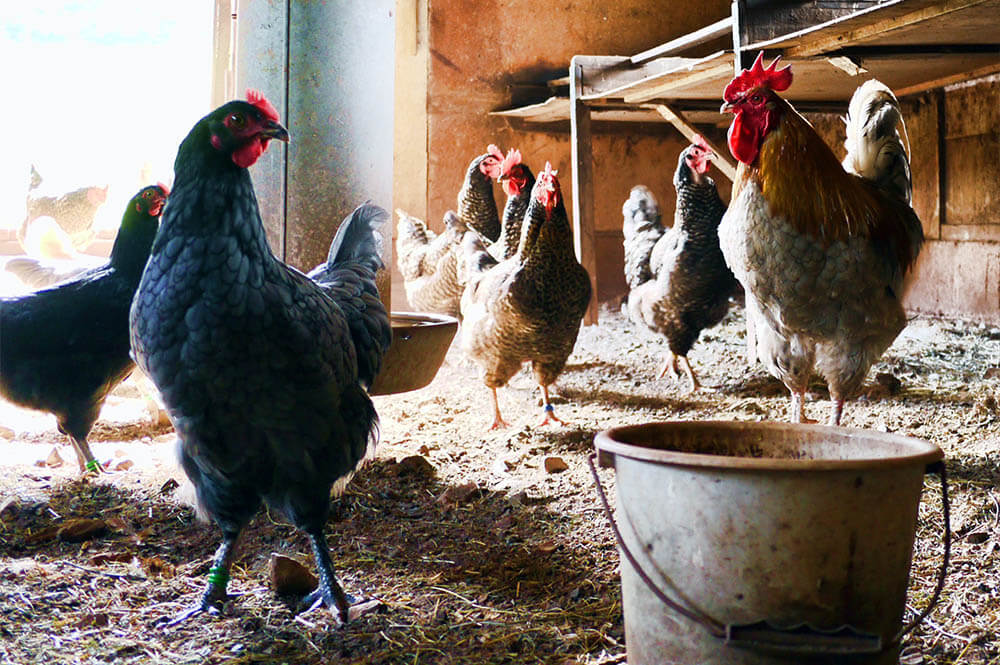
7. Chickens can solve puzzles
Chickens have a capacity for problem-solving. They can seek help, use tools, alter routines when required, and find alternate solutions to puzzling situations.
For example, in one study, a hen was placed inside a cage whose door a researcher meant to open via remote control. However, instead of waiting for the door to be opened for her, the hen closely examined the release mechanism, then eventually figured out how to manipulate the latch to open the door. Afterward, no matter how many times the research team altered the latch configuration, the hen always solved the puzzle to escape the cage.
8. Chickens have self-control and can anticipate future events
Delayed gratification is when an animal does something now to receive a reward later. A person works because they know they’ll be paid for their efforts after a couple of weeks. A dog performs a trick in expectation of a treat.
Chickens are also capable of delayed gratification. For example, a chicken will avoid eating food now if they know their restraint will lead to them getting a greater amount of food in the future. This tells us that chickens can anticipate future events by observing current cues that help predict such events. This, in turn, means chickens can be frustrated or even worry about the future.
The mental ability to control oneself in the present so that one can enjoy a superior benefit later is something that is observed in only a few animal species.
9. Chickens recognize faces
Chickens can remember and recognize dozens and maybe even as many as 100 human faces. Even more impressive, they can associate familiar faces with negative or positive experiences.
This means that if you’ve been mean to a chicken, it’ll remember that you’re a jerk that they should avoid. But if you’ve been treating a chicken with kindness, it’ll be affectionate toward you.
10. Chickens have empathy
In one experiment, researchers blew a gentle puff of air on chicks while their mother hens watched. While the chicks weren’t harmed, they were nevertheless threatened by the puff and therefore displayed signs of stress such as an elevated heart rate. Though the hens didn’t receive any puffs, they too began showing the same signs of stress simply by watching their chicks’ reactions. This suggests a chicken is able to place itself into another’s perspective.
This ability has also been observed in species such as squirrels, ravens, and dogs.
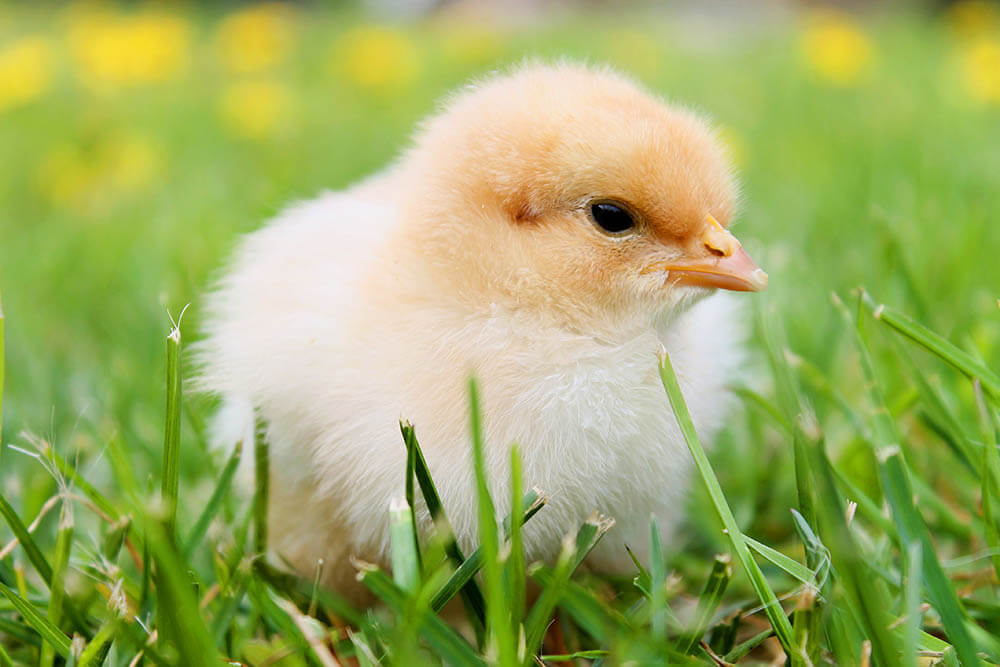
11. Hens are great mothers
Mother hens take great care of their chicks, protecting them from the cold and predators, and even preparing them for adulthood by teaching them how to behave like proper chickens. When offspring are distressed, mothers increase their maternal vocalizations and decrease their preening.
Mothers also start communicating with their offspring while they’re still in their eggs. This allows a chick, once hatched, to recognize its mother’s voice.
12. Chickens are individuals
Like people, dogs, and other bigger-brained creatures, chickens have unique personalities, likes, and dislikes. Of course, being simpler creatures, their desires are also simpler. One chicken, for example, may prefer fresh air above all other things, while another may prioritize chillin’ in a warm, relaxing spot.
Their unique personalities allow chickens to form lasting friendships with one another. They can also change their behavior depending on the individuals around them.
We all know that canines have dominance hierarchies, where smaller, younger, and weaker individuals must obey and respect those that are bigger, older, and stronger than them. Well, chickens have the same social ranking system called a “pecking order.”
Chickens peck those of lower ranks to establish dominance. These higher-ranking individuals get dibs on food and mating opportunities.
14. Chickens dream
According to a study, chickens have dreams just like humans and other bigger-brained animals.
The study examined the electrical activity of chickens’ brains during sleep and found that they go through various phases just like human brains. One phase, in particular, is the rapid eye movement (REM) stage, during which the most vivid dreams occur. This suggests chickens dream like we do. What they dream about, however, is another question that has yet to be answered!
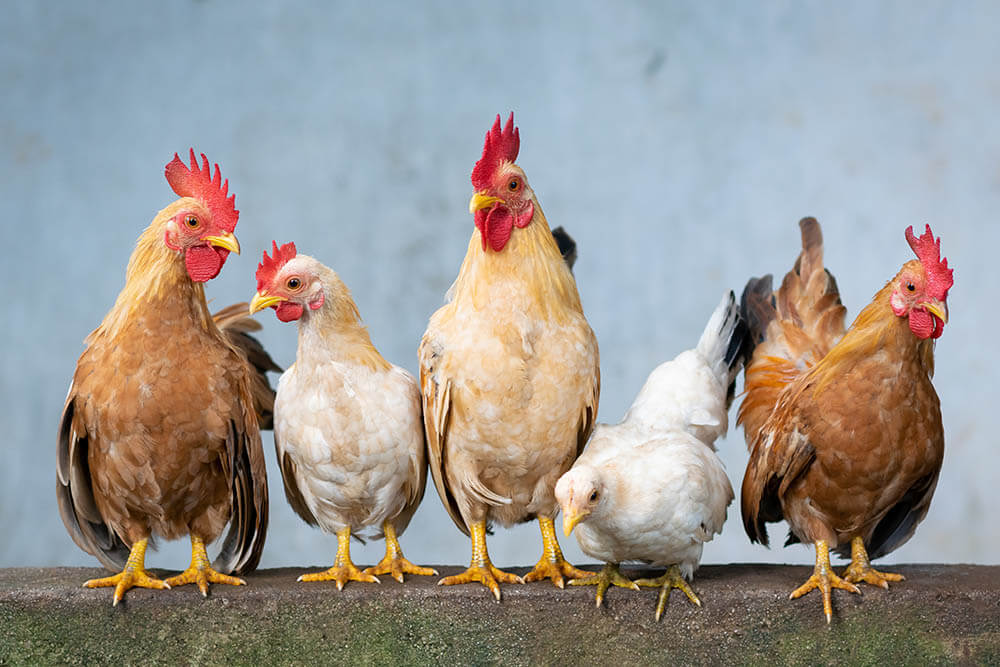
Final Thoughts
Chickens can communicate with one another, deceive rivals, solve puzzles, understand basic arithmetic, recognize faces, delay gratification, and so much more. These are all skills we’ve associated with the most intelligent creatures on the planet.
So yes, chickens are indeed smart—which makes their slaughter by the billions per year that much more disturbing, when you think about it.
